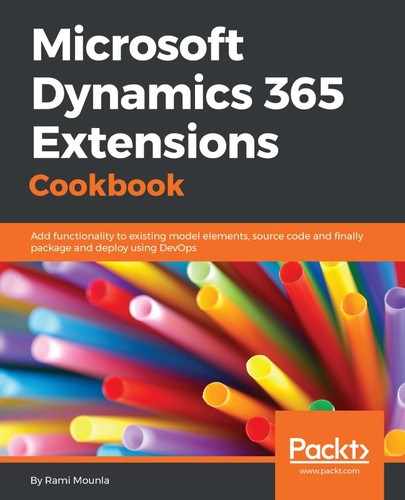Since we are building an MVC application, it is strongly recommended that you use the latest stable Visual Studio version; we will be using Visual Studio 2015. We also need an existing DAL class; we will reuse the one from the Connecting to Dynamics 365 from other systems using .NET recipe. You just need to update the constructor to accept the connection string as a parameter as opposed to hard coding it. We can also reuse the same solution from that recipe.
On the Dynamics 365 side, we will need a publicly accessible Dynamics 365 instance (online or IFD) and a service account that will have the appropriate privileges. In this recipe, the service account requires write access to the account's entity.
Finally, from an Azure hosting perspective, you will need an App Service application to deploy the web application on. You will also need a deployment username and password. Alternatively, you can always create an App Service as you create your project. Along with the Azure components, you will also need an Azure account with enough credits to create an App Service. Nonetheless, you can spin an Azure trial to test the capabilities.
Optionally, you will need a basic understanding of the ASP.NET MVC solution and pattern to help you follow this recipe.
